Monday, June 24, 2019 -
A rather casual day we would visit the massive Hotel National des Invalides and the Army Museum housed there.
Louis XIV initiated the project by an order dated 24 November 1670, as a home and hospital for aged and unwell soldiers. The buildings to this day comprise the Institution Nationale des Invalides, a national institution for disabled war veterans.
Louis XIV initiated the project by an order dated 24 November 1670, as a home and hospital for aged and unwell soldiers. The buildings to this day comprise the Institution Nationale des Invalides, a national institution for disabled war veterans.

Inspired by St. Peter's Basilica in Rome the Dome des Invalides is a great example of French Baroque architecture.
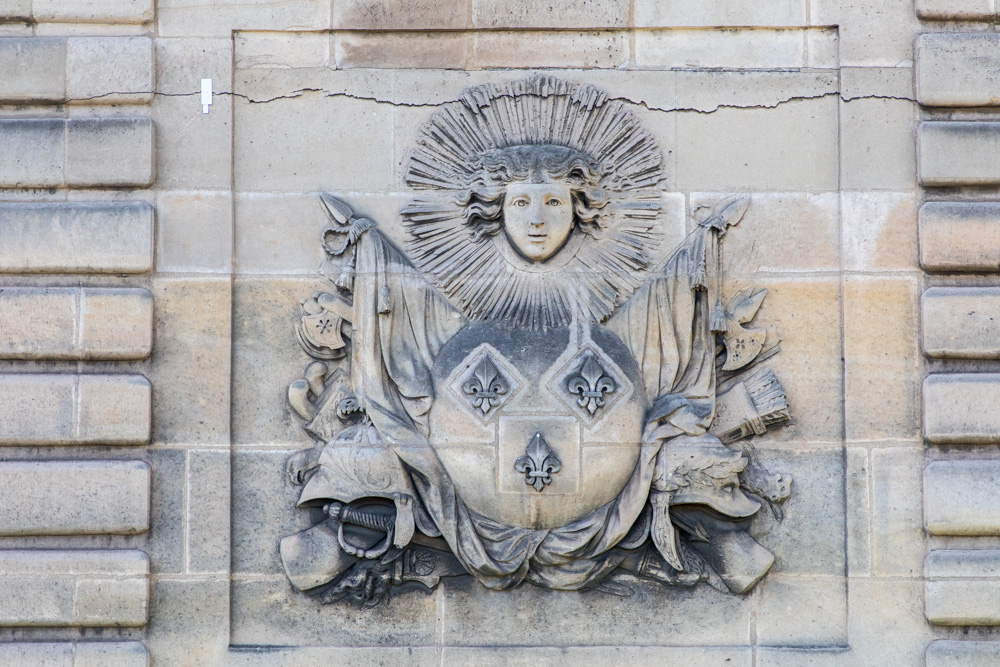
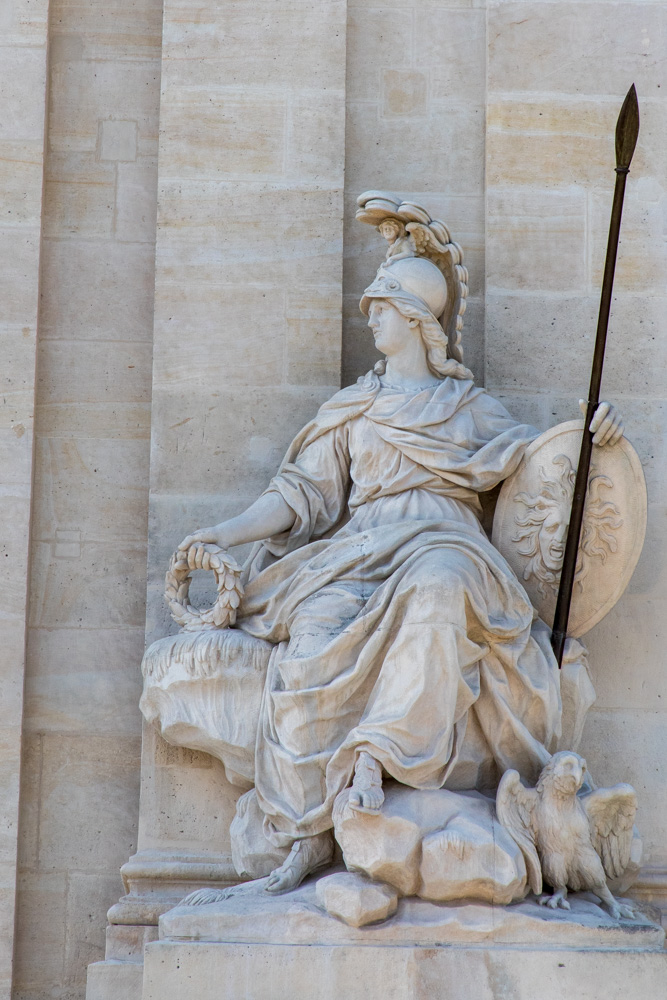
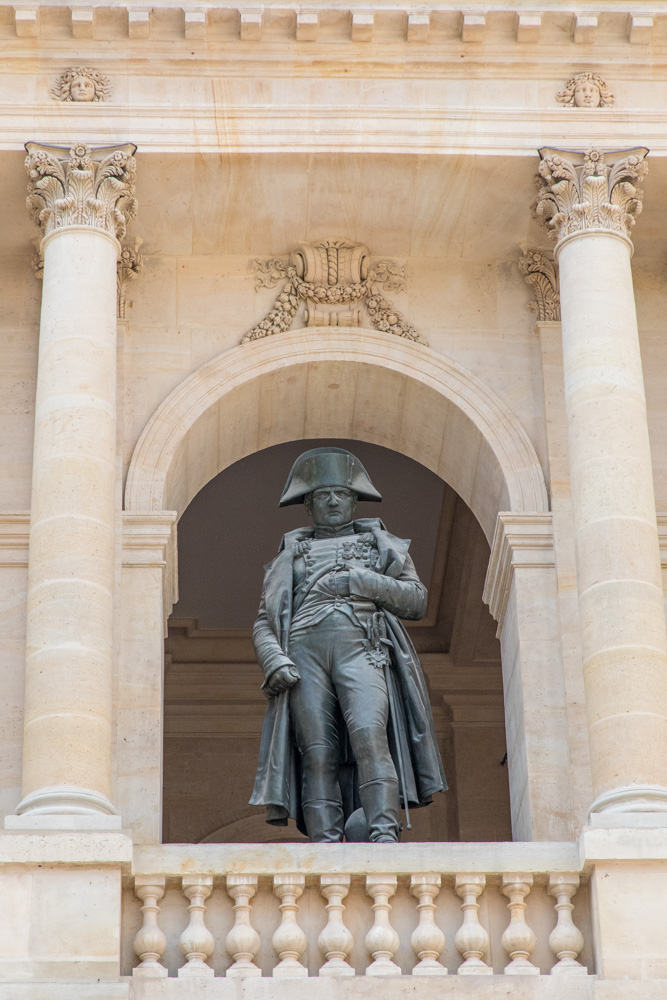
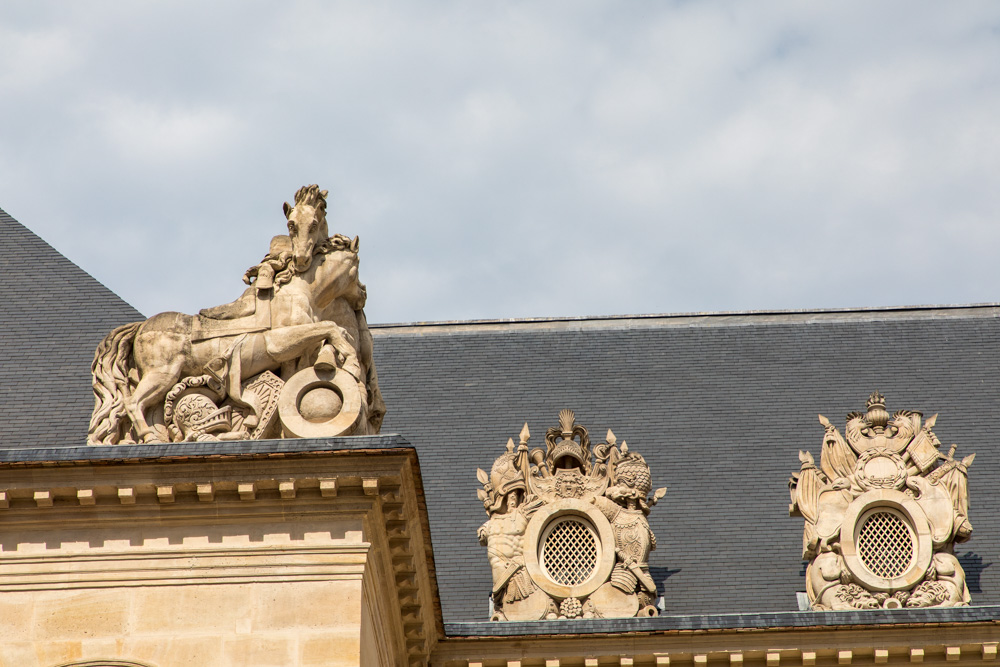
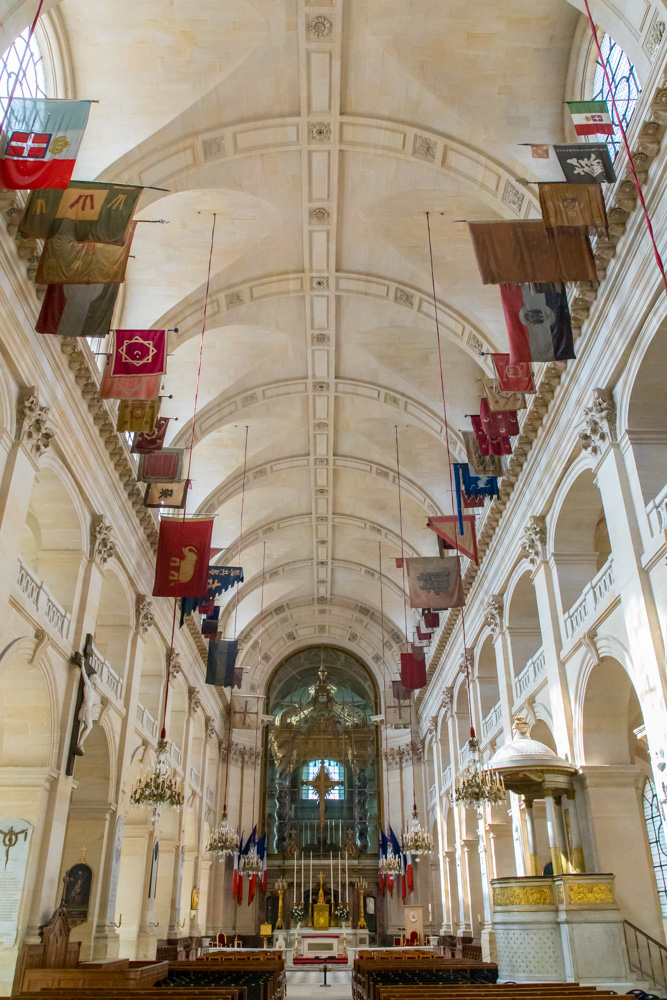
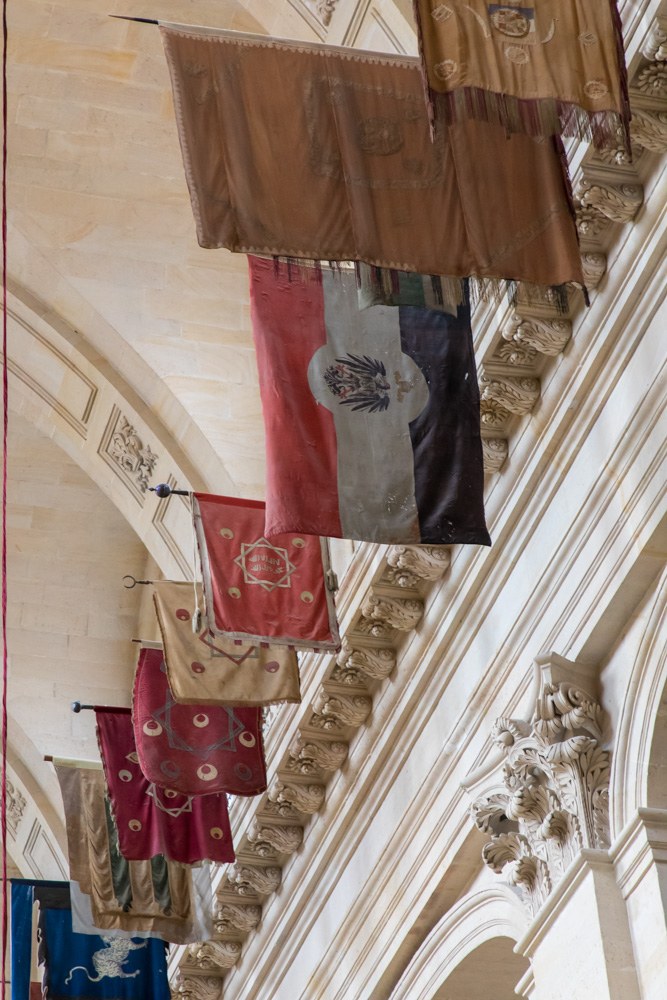
Those which escaped destruction were transferred to the Hotel des Invalides in 1793. The Hotel des Invalides was then entrusted with the mission of keeping French emblems and trophies.
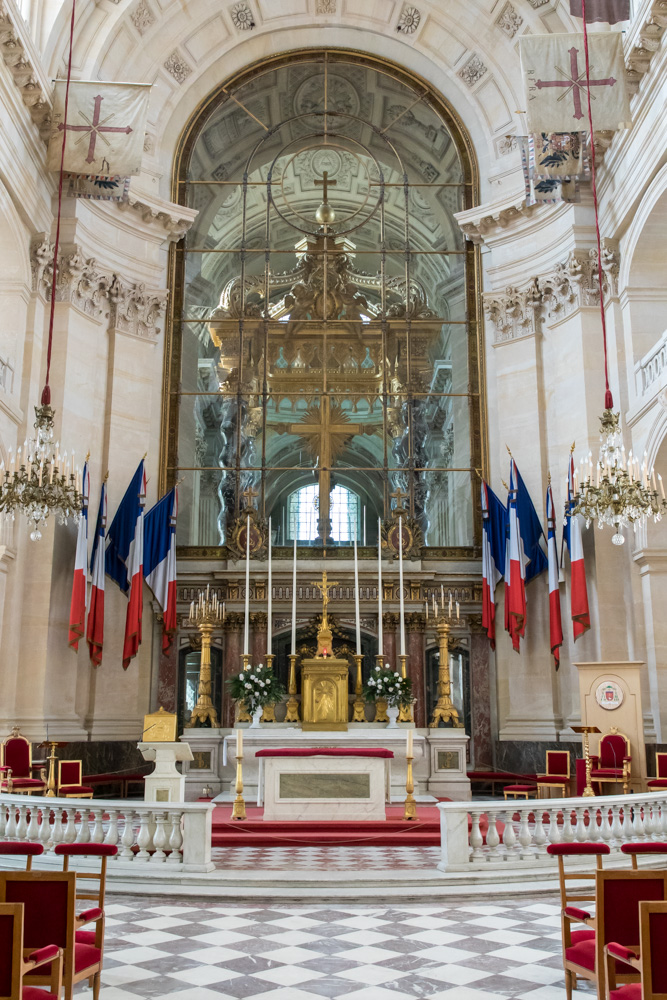
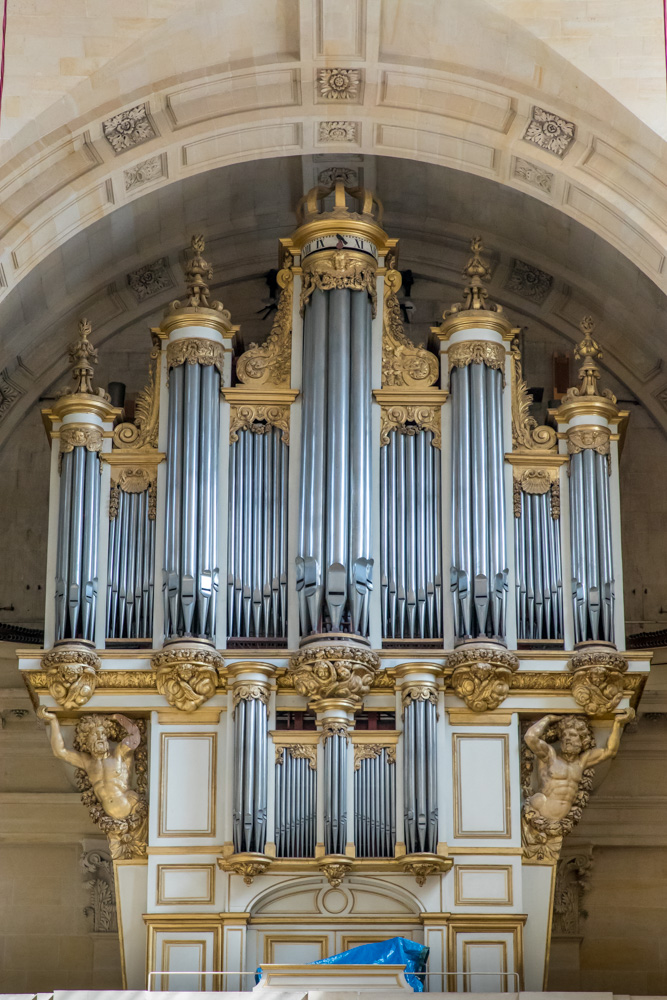
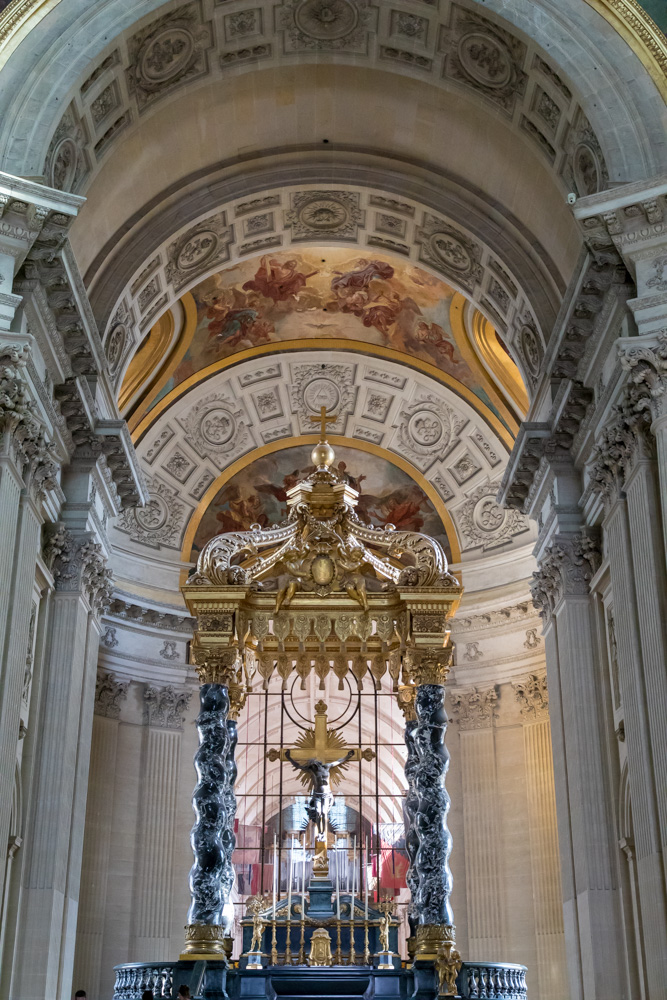
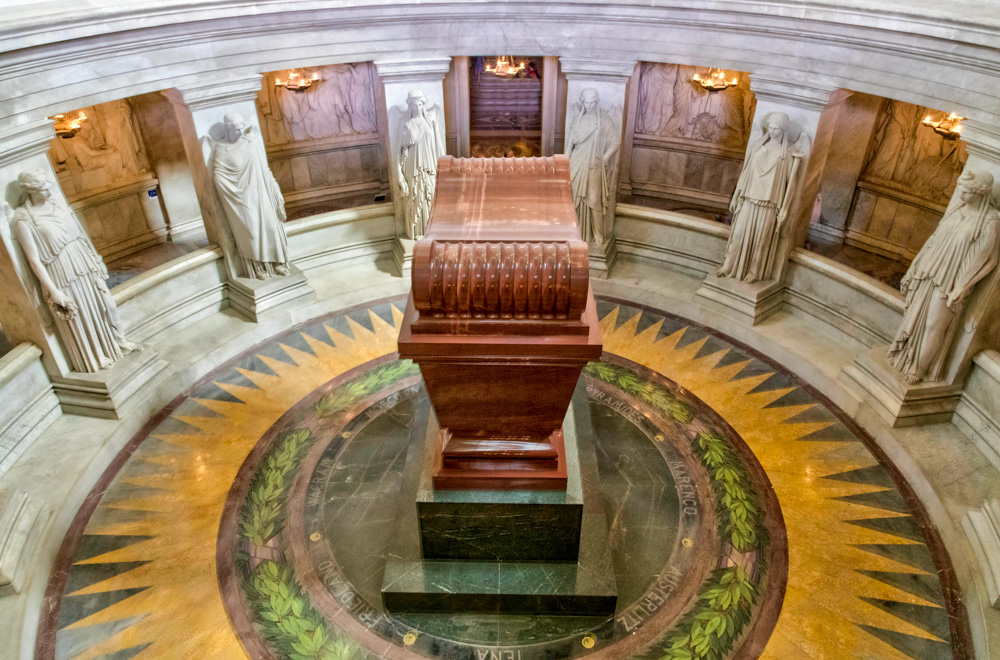
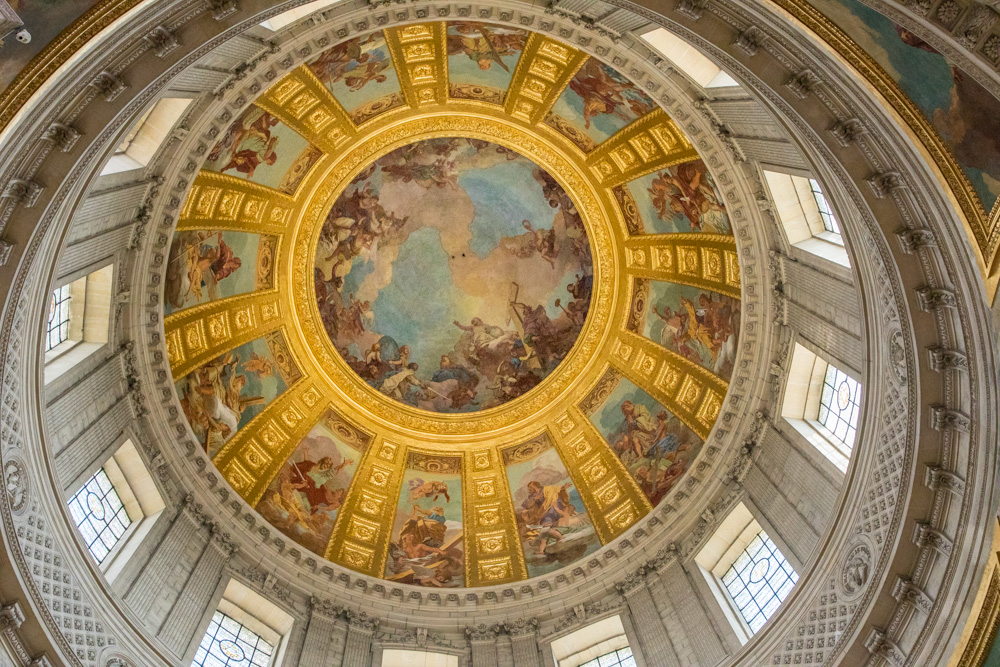
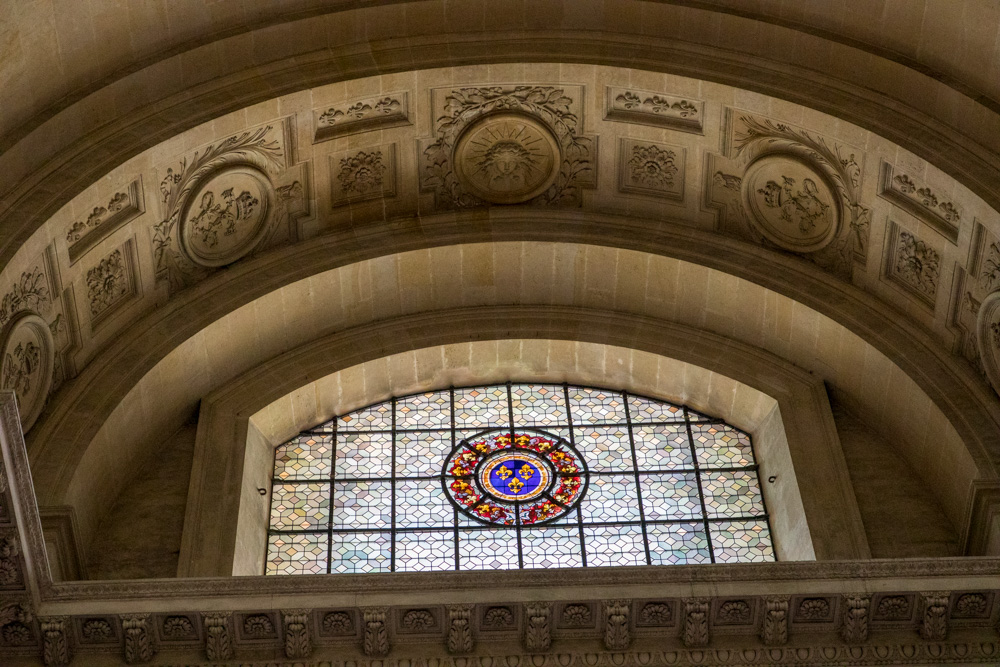
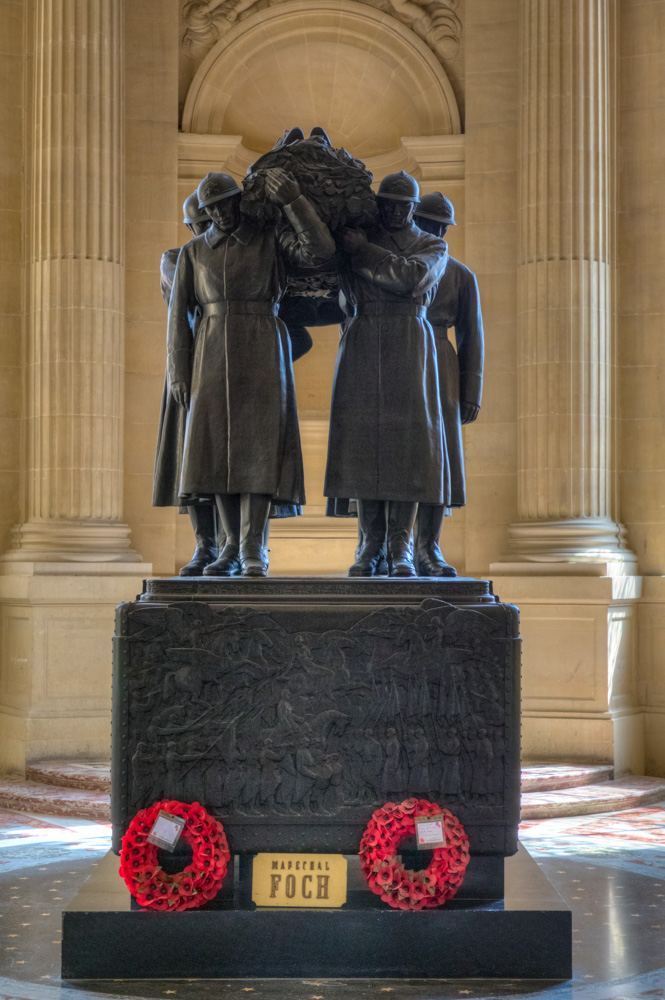
Marshal Ferdinand Jean Marie Foch was a French general and military theorist who served as the Supreme Allied Commander during the First World War. He successfully coordinated the French, British and American efforts into a coherent whole, deftly handling his strategic reserves. He stopped the German offensive and launched a war-winning counterattack.
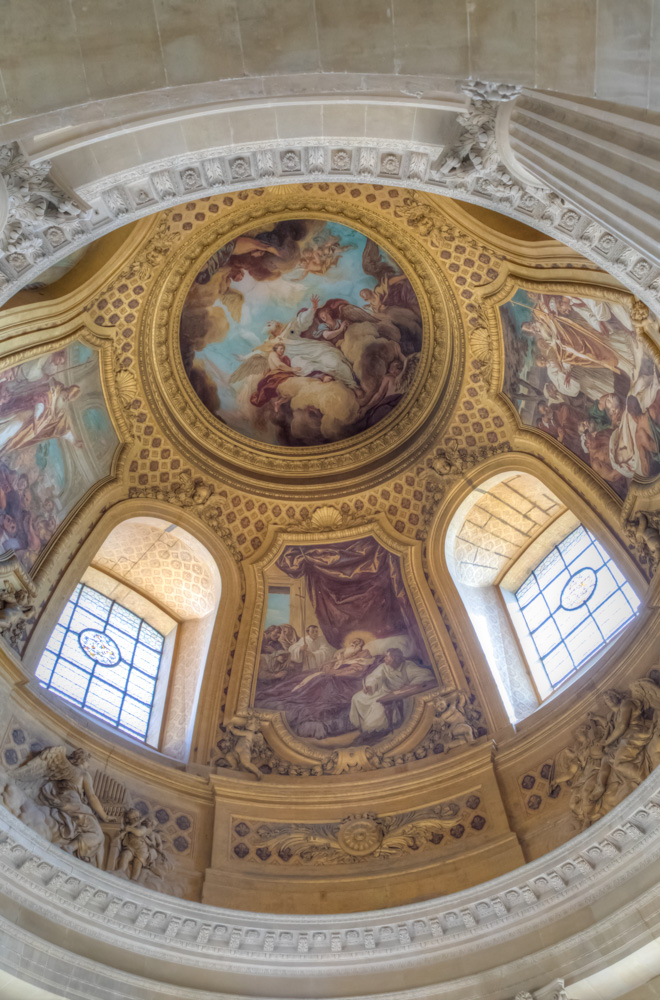
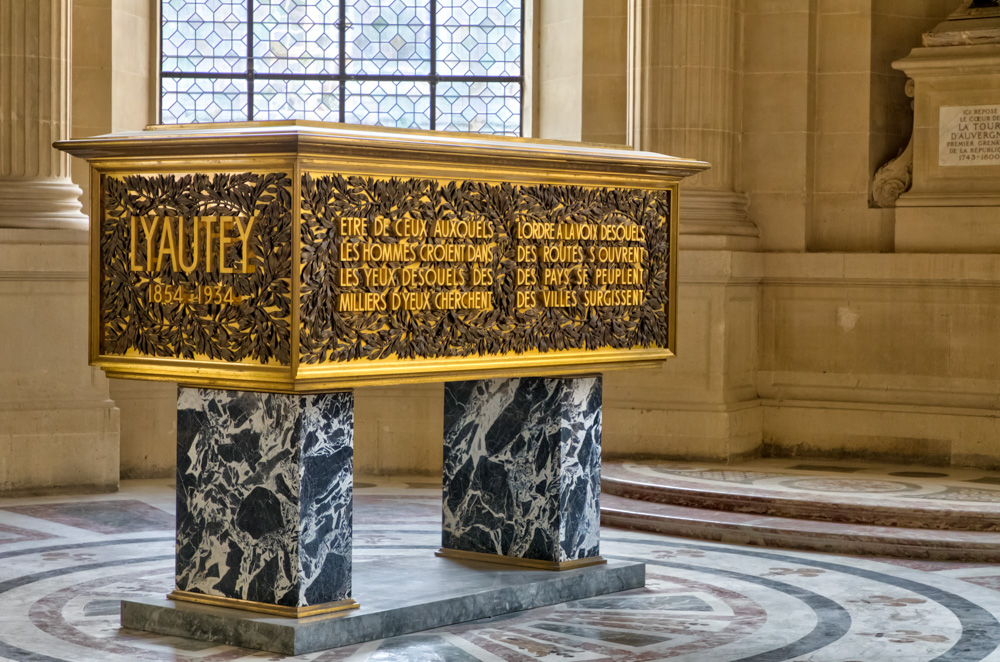
Early in 1917 he served briefly as Minister of War.
From 1921 he was a Marshal of France. He was dubbed the French empire builder, and in 1931 made the cover of Time.
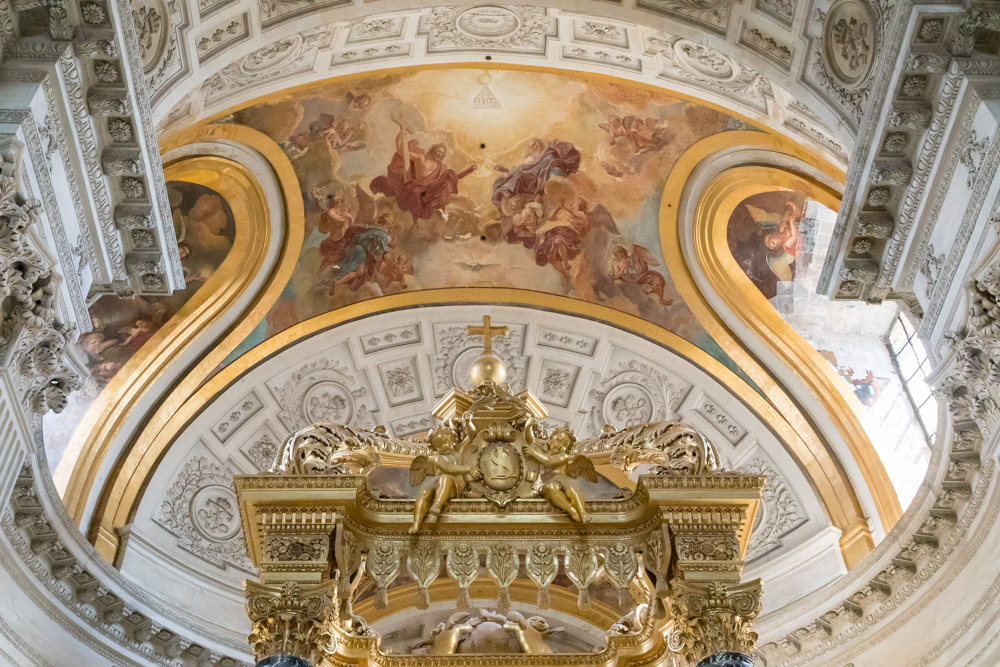
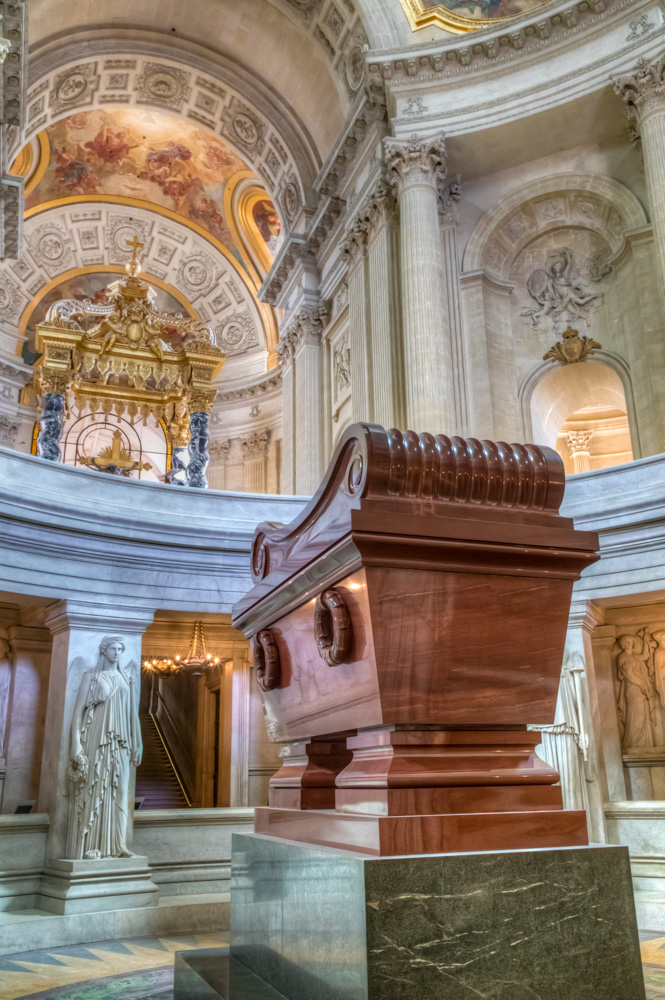
The sarcophagus itself is made out of red quartzite from Russia and positioned on a green granite base that came from the Vosges mountains in the Alsace region of France and is circled by a crown of laurels and inscriptions.